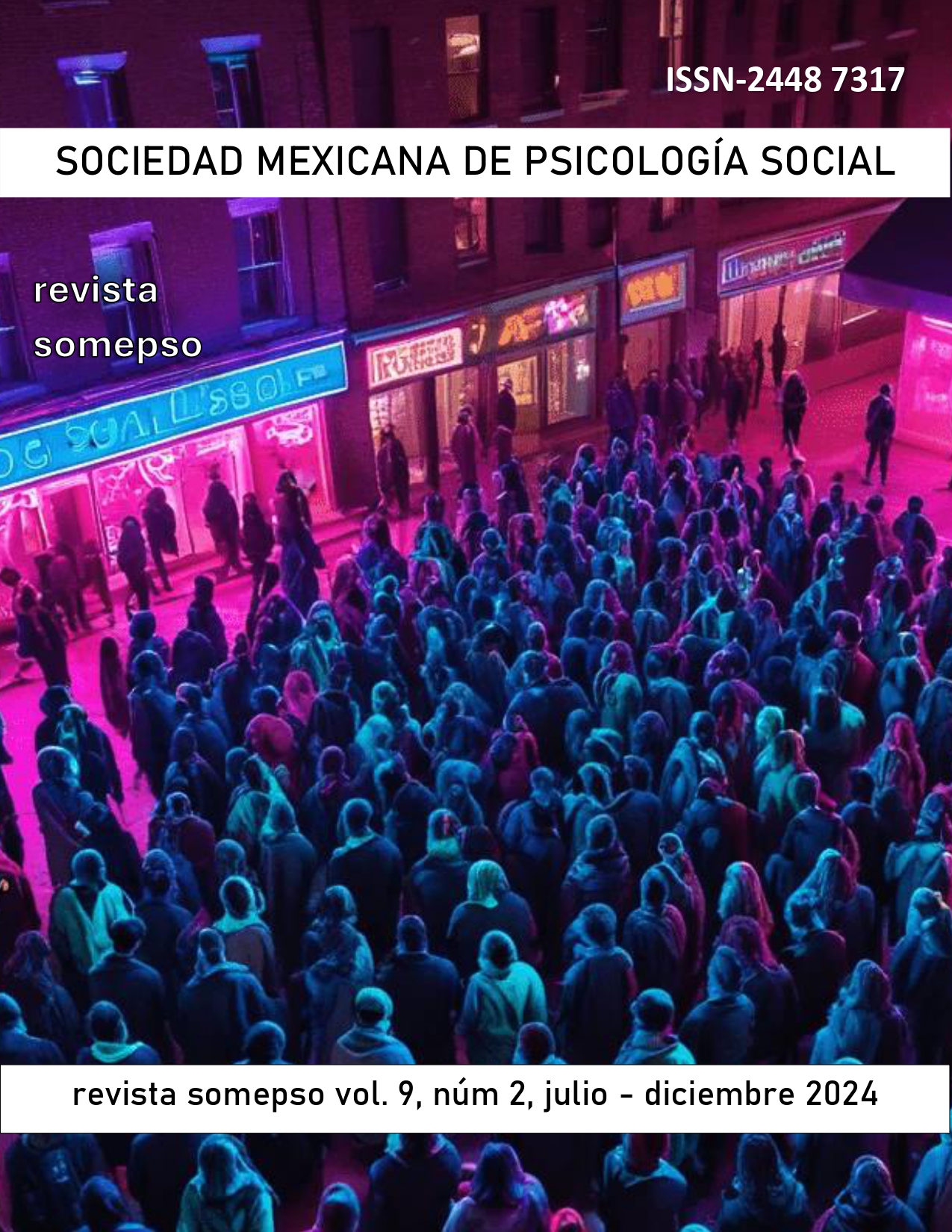Collective violence: an approach to mass psychological and historical phenomena
Main Article Content
Abstract
Collective violence, as a historical event, has accompanied the development of different human societies and its formal study has been significantly included within the phenomena of masses and/or crowds. Various comprehensive efforts on the part of particular social disciplines have assumed its investigation, such as those paradigmatically found in the psychosocial and historical sciences, inaugurated at the end of the 19th century and deployed until shortly after the middle of the next century. In the case of social psychology, the main explanatory approach to mass violence is imprinted by Gustave Le Bon, although within the same tradition it is possible to refer to the contributions of Scipio Sighele, Gabriel Tarde and Pasquale Rossi as equally relevant. In historiography, Carlo Ginzburg and Edward Palmer Thompson take on the study of violent crowds under specific explanatory assumptions that manifestly set them apart from the perspective developed by the psychology of the masses. Nevertheless, both horizons fundamentally share principles through which the masses are constituted as collectives that embody violence and criminality in the logic of human societies.
Article Details

This work is licensed under a Creative Commons Attribution 4.0 International License.
Creemos firmemente que el acceso al conocimiento debe estar libre de la lógica del enriquecimiento y no debe tener como objetivo el lucro personal o colectivo.
La Revista de la Sociedad Mexicana de Psicología Social de la SOMEPSO está bajo una licencia Creative Commons Reconocimiento-NoComercial 4.0 Internacional License.
References
Aguirre Rojas, C. A. (2003). El queso y los gusanos: Un modelo de historia crítica para el análisis de las culturas subalternas. Revista Brasileira de História, 23(45), 71-101. https://doi.org/10.1590/S0102-01882003000100004
Aguirre Rojas, C. A. (2010a). Economía moral de la multitud. UNAM. https://conceptos.sociales.unam.mx/conceptos_final/424trabajo.pdf
Aguirre Rojas, C. A. (2010b), La economía moral de la Multitud en la América Latina del siglo XXI. Contrahistorias. La otra mirada de Clío, (14), 53-64.
Allport, G, y Postman, L. (1973). Psicología del rumor. En H. Proshansky & B. Seidenberg (Eds.). Estudios básicos de psicología social (pp. 66-79). Tecnos.
Blanco, A. (1995). Cinco tradiciones en la psicología social. Morata.
Ginzburg, C. (2003). Saqueos rituales. Premisas para una investigación en curso. En Tentativas (pp. 269-302). Universidad Michoacana de San Nicolás de Hidalgo.
Jiménez Burillo, F. (2005). Prólogo a la edición española. En Psicología de las masas (pp. 15-18). Morata.
Le Bon, G. (2005). Psicología de las masas. Morata.
Moscovici, S. (1993). La era de las multitudes. Un tratado histórico de psicología de las masas. Fondo de Cultura Económica.
Munné, F. (1974). Grupos, masas y sociedades. Introducción sistemática a la sociología general y especial. Hispano Europea.
Rossi, P. (1906). El alma de la muchedumbre, Tomo I. Imprenta de Heinrich y Compañía.
Sighele, E. (s. f.). La muchedumbre delincuente. Ensayo de psicología colectiva. La España Moderna.
Smelser, N. (1989). Teoría del comportamiento colectivo. Fondo de Cultura Económica.
Tarde, G. (1907). Las leyes de la imitación: Estudio sociológico. Daniel Jorro.
Tarde, G. (1986). La opinión y la multitud. Taurus.
Thompson, E. P. (1995a). La economía «moral» de la multitud en la Inglaterra del siglo XVIII. En Costumbres en común (pp. 213-293). Crítica.
Thompson, E. P. (1995b). La economía moral revisada. En Costumbres en común (pp. 294-394). Crítica.

